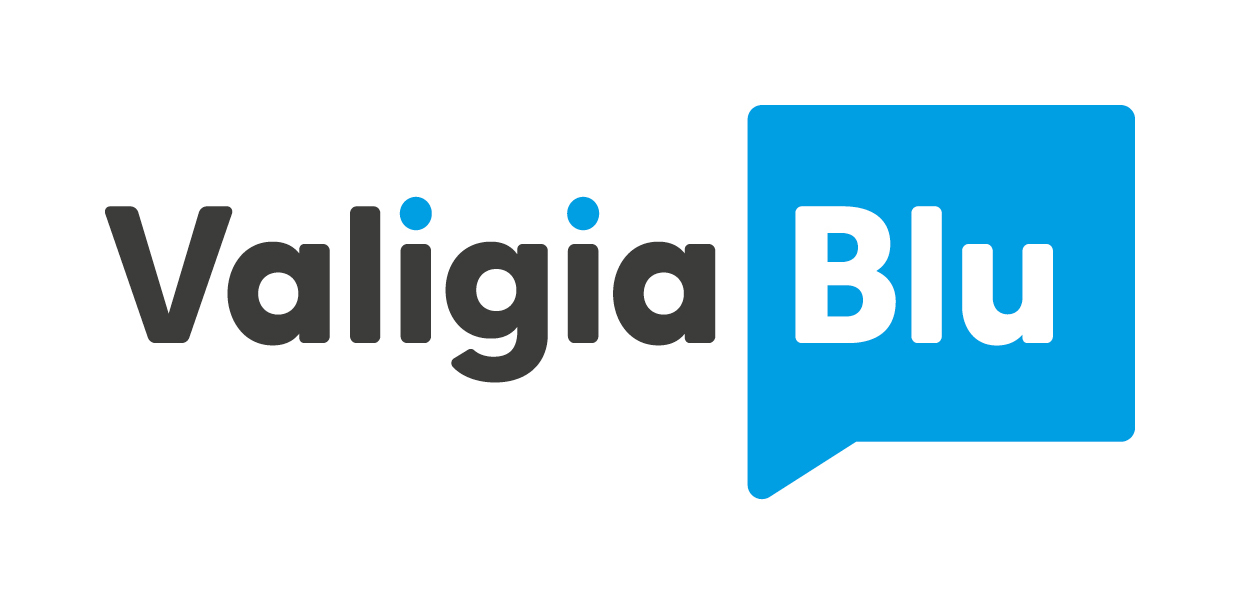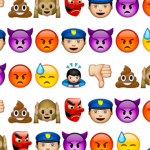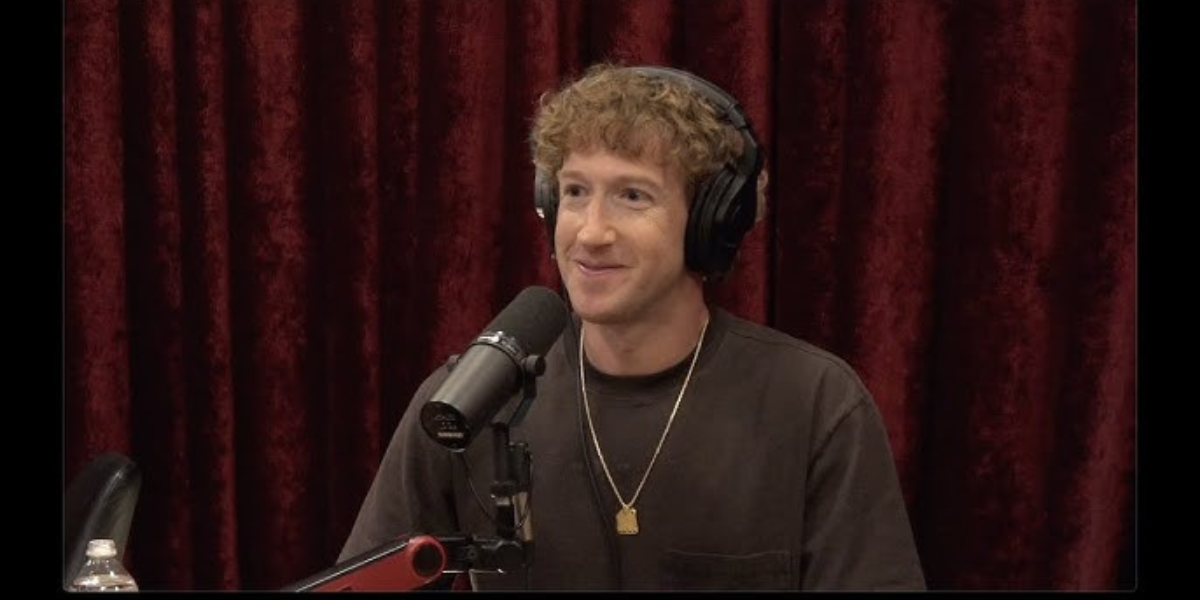Cyberbullying: in Italy just a warning will be enough to remove online content
2 min lettura[Italian version here]
A bill (1261) was introduced in the Italian Senate that aims to protect children "to prevent and combat the phenomenon of cyberbullying." The text of the bill, however, started from an unreal emergency created in 10 "simple" steps:
1. IPSOS, a research organization, conducted a survey on the phenomenon of bullying - online *also* - for Save The Children.
2. Save the Children misread the data - not intentionally, it says - and the rather ordinary research becomes a bomb: “According to 69% of young people under 18, cyberbullying is the greatest danger” (negligence on this issue are rather frequent. It is time to stop).
3. All the newspapers, with no exceptions, synthesize the result of the research more or less by writing: "Cyberbullying is frightening for 70% of young people."
4. The hoax, though denied by Save The Children, thanks to an article published in Wired, written by Carola Frediani and myself, was received by our representatives in Parliament (the still available press release of Save The Children continues to include the mistake).
5. Our representatives not only did not recognize the hoax as such, but made it the base (it is the first data mentioned with great evidence in the preamble) of a bill that swings between the unnecessary and harmful, especially in the paragraph synthesized by ANSA: "The bill provides for removing offensive content on the Internet and social networks. Just a warning will be needed and the detrimental material will be directly removed by the operators.” Is it simple, isn't it? Obviously not, as already argued on Wired. According to the first signatory of the bill, Elena Ferrara, Senator of Democratic Party (PD), "it is a law with no sanctions, which does not criminalize the web." And everyone lived happily ever after.
6. A few months later, in silence and to general disinterest, the bill arrived at the Constitutional Affairs Committee of the Senate.
7. There, it was unanimously passed - who could be for cyberbullying? - and now it is ready for consideration by the House.
8. How is it possible nobody considered verifying if that data was real? It is more striking and out of scale than any other study addressed. How is it possible that nobody read the article which discredited it? How is it possible that nobody read the original version of the research? Yet the Commission has had time to discuss whether the enforcement of this law should occur within 12, 24, 36 or 48 hours (which is an inacceptable time limit to protect the rights of the accused. Evidently this is another consideration the wisdom of senators lacked).
9. It is even worse. If no one has posed any doubts, even in front of the evidence, how do these questions have any sense? And, if so, how can an unreal debate be led back on whether and how to regulate this phenomenon in a correct representation - no matter which are the various opinions about the solutions ? Generally, what is the meaning of the difference between a truth and a lie, even to the legislator?
10. 'None' could be the answer, if it helps to get a bit of visibility and appreciation by deceived public opinion - with the complicity of very bad journalism, and very good propaganda.







